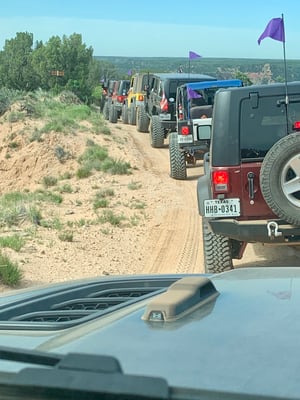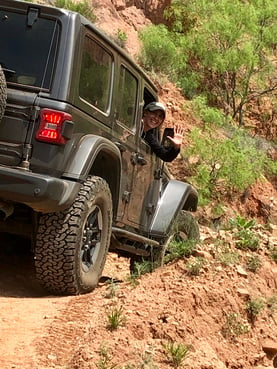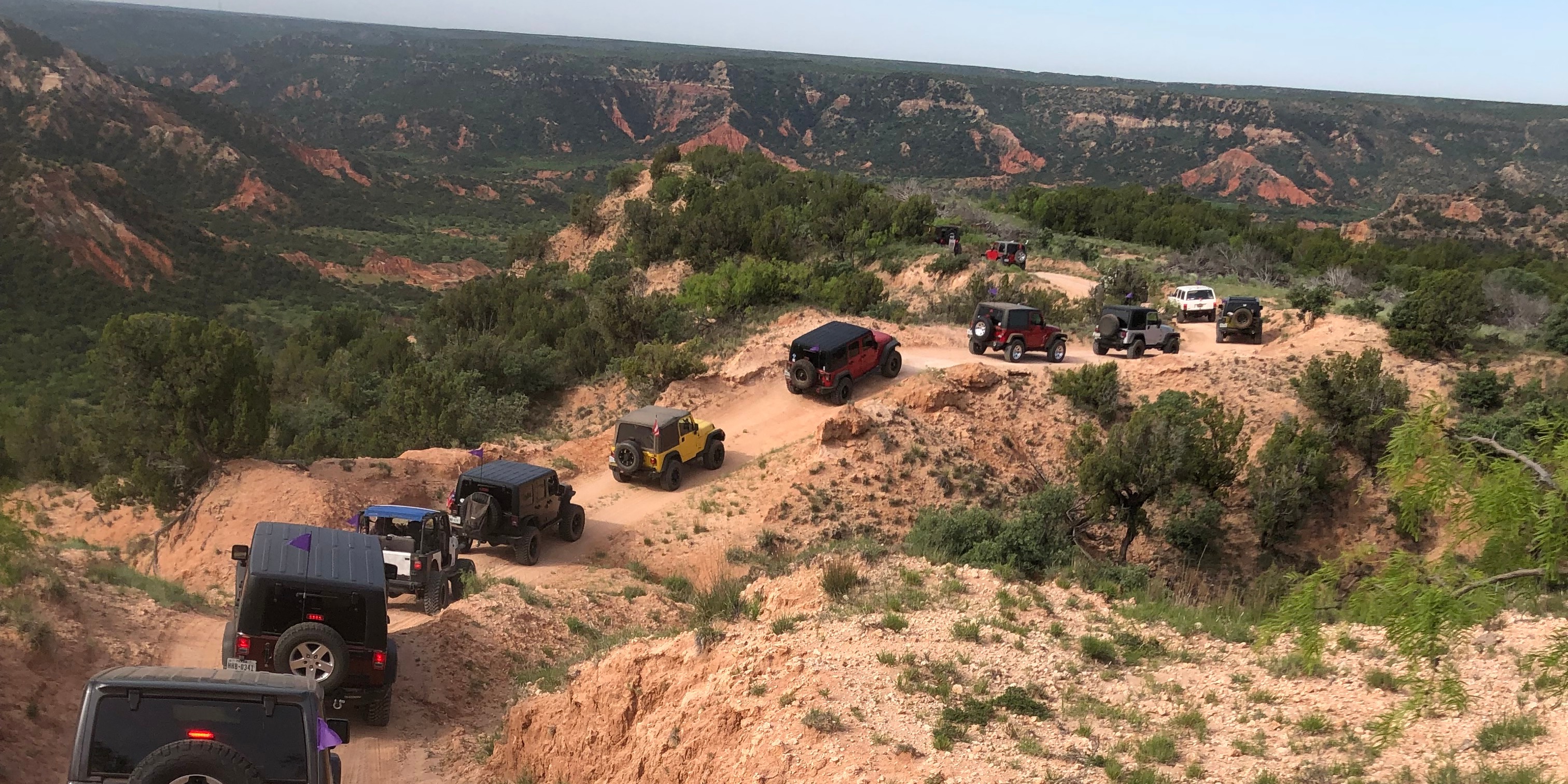Not long ago, I spoke with two leaders from a top-notch company enrolled in our Up Your Culture program. The purpose of our conversation was to help them find ways to create a strong sense of unification employee engagement across their multiple markets.
They know that companies with highly-engaged employees are 17% more productive and 31% more profitable, and they recognize that those with strong levels of engagement enjoy 26% greater annual increases in revenue and 233% higher customer loyalty (yes - you read that right)!
They’re doing great stuff over there, but they wanted to focus specifically on how they can increase engagement by creating a strong sense of “tribe.”
Simon Sinek talks a lot about tribalism and how human beings naturally band together as a group for a sense of safety and belonging. I preach it, I teach it, and I believe it. But, a few weeks ago, I had the opportunity to experience it! So I shared this short story with our client, and now I’m going to share it with you.
The Role of 'Tribe' in Real Life
My husband own a Jeep, and I am finding myself attending things I didn’t know even existed — like Jeep Jamborees! We recently went to an event with some friends in the Palo Duro Canyon, which is where I received the greatest lesson on tribalism I could ask for.
Here are some things you should know:
- 150 Jeeps were allowed to participate, and we were placed in 10 groups of 15 Jeeps.
- Every group had a color, and we were in the purple group.
- Every Jeep also had a CB tuned to their group channel so the group could talk to each other, ask for help when needed, and cheer each other on through the treacherous stuff.
- Every participant was given a flag to hang on their antennae signifying their group.
- The purple flags didn’t arrive.

It was a two-day event.
Day one, we met everyone in our group and had a really good day. We had strong trail leaders, a shared purpose, and a strong communication channel, but there was not a lot of interaction between any of us on the CB. Nice people for sure, but I realized at the end of the day, that I didn’t know a single person’s name.
Day two, the purple flags arrived! When we lined up bright and early that morning, the trail guides came around to each of us and put a purple flag on all 15 of our Jeeps. Seems pretty uneventful, right? But suddenly, over the CB we started hearing things like, “Watch out purple group, steep drop-off on the left!” and “Hey purple group – anyone else want to go through the water?”
At lunch, someone created a text group and named it “Purple Power” so we could share photos, and it was only a couple of hours into the day before teasing and playful bantering began to flourish. By lunch, I knew everyone’s name and had already exchanged Facebook info.
The Role of 'Tribe' in Company Culture

Our Culture Coaches teach businesses how to create a culture of engagement, starting with principals like strong leadership, shared purpose, establishing strong communication, and building a sense of tribe.
We had the first three of those things at the Jeep Jamboree from the moment we arrived, but we didn’t have a sense of tribe. Sometimes, it’s the littlest things that make the difference when it comes to building a tribe though, and I’ll tell you, those purple flags really did the trick!
It's important to note that at no time did anyone say anything like, “Okay – now we have purple flags on our antennas, so let’s act like a cohesive group.” It just happened.
Think about your place of business - what are your purple flags? What can you do, big or small, to create a strong sense of belonging and create that indescribable sense of tribe?









Leave a Comment